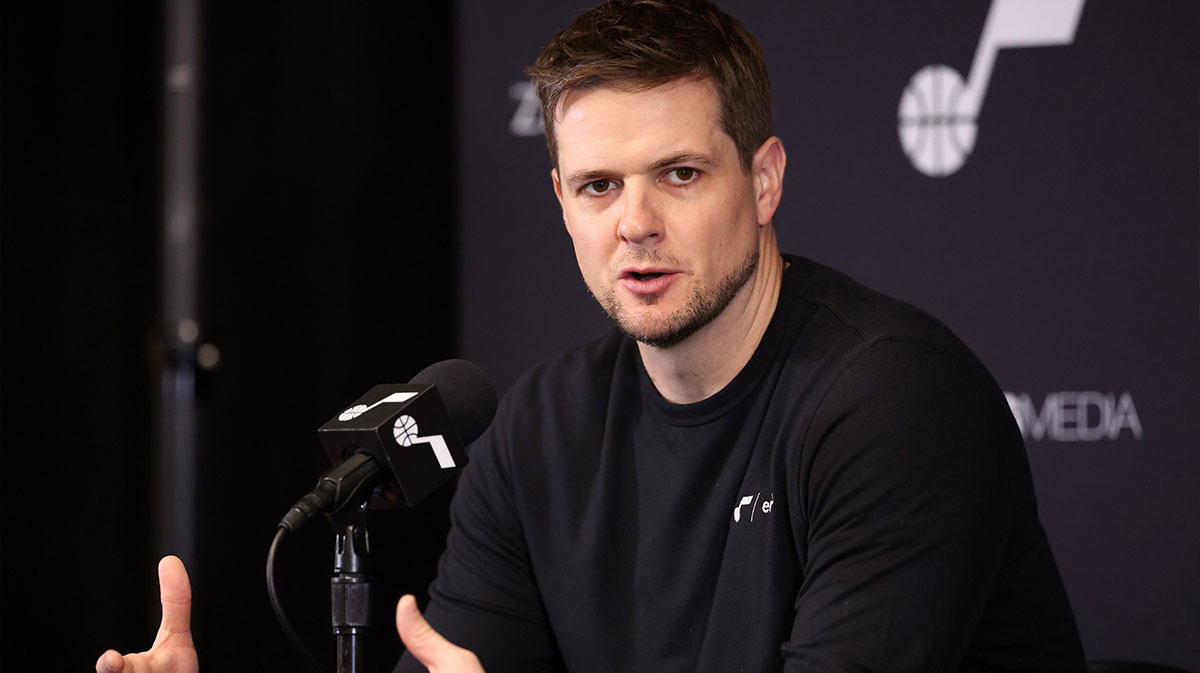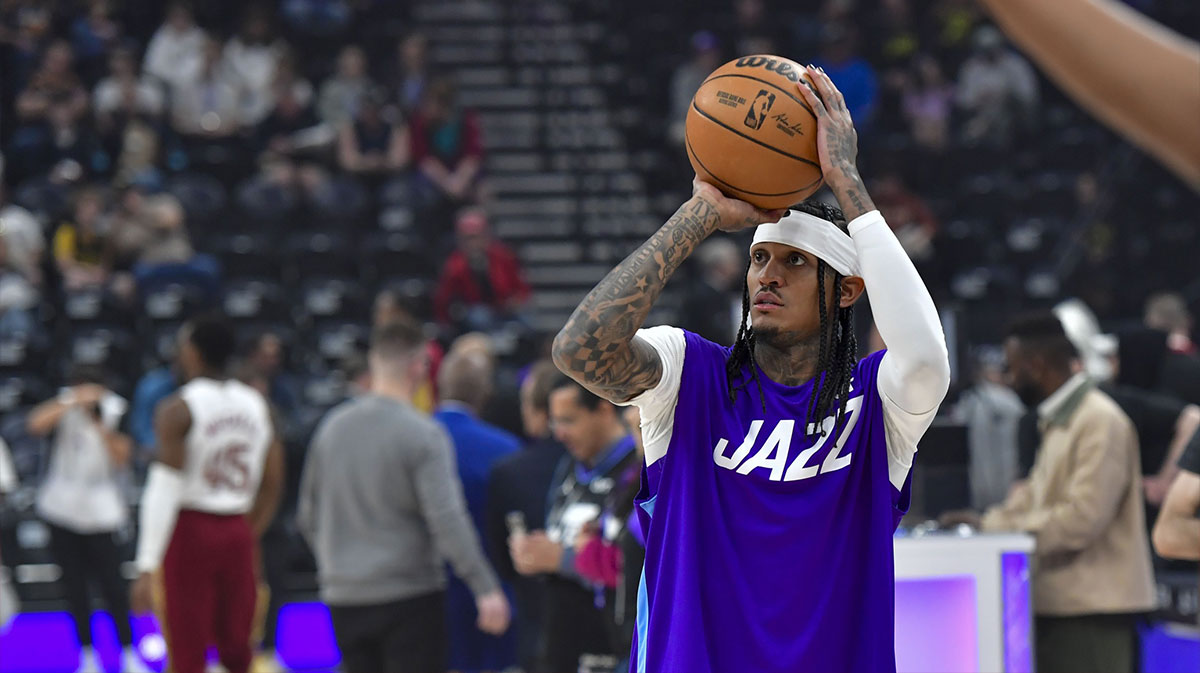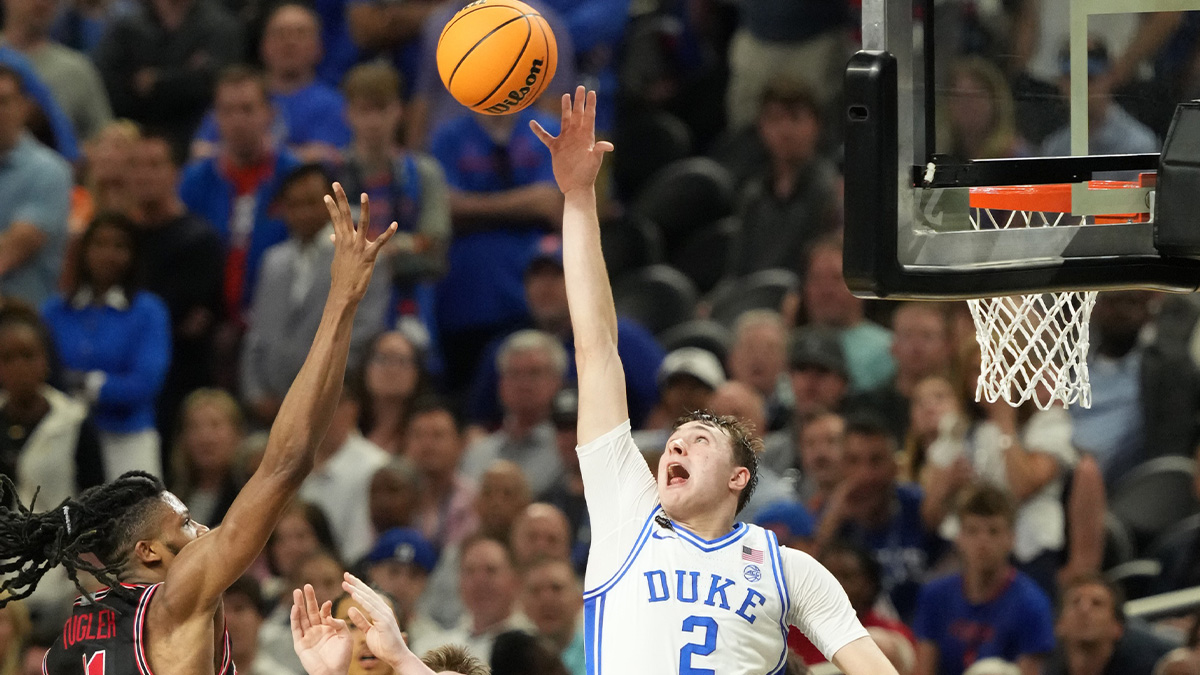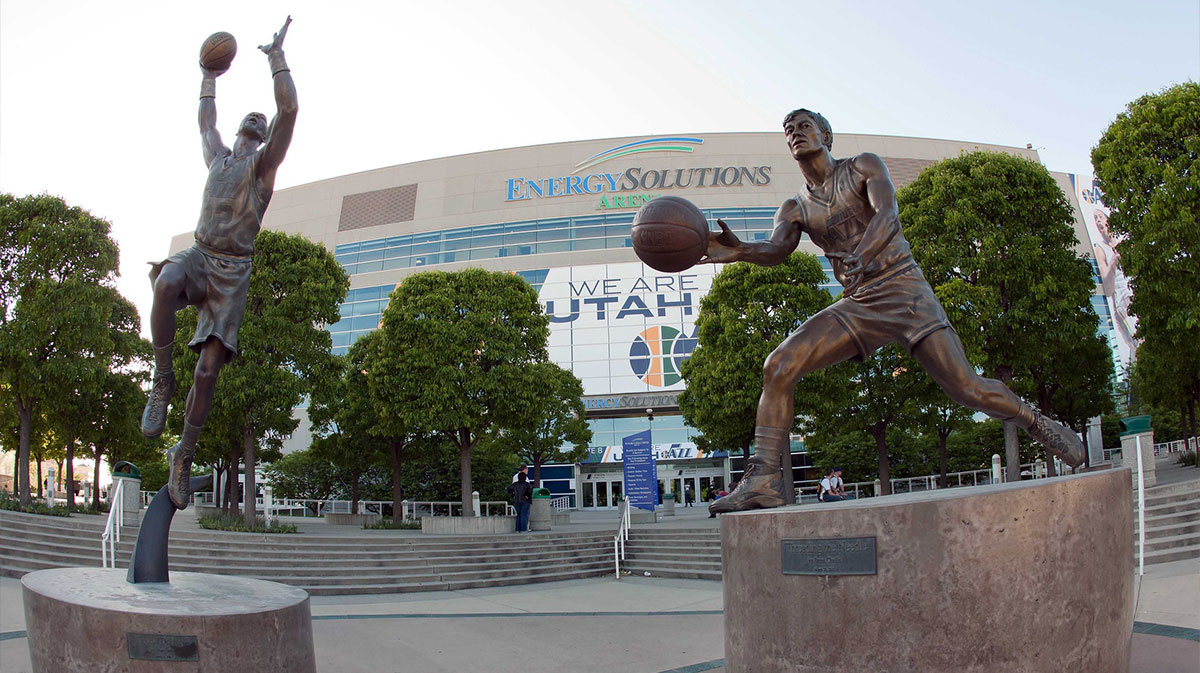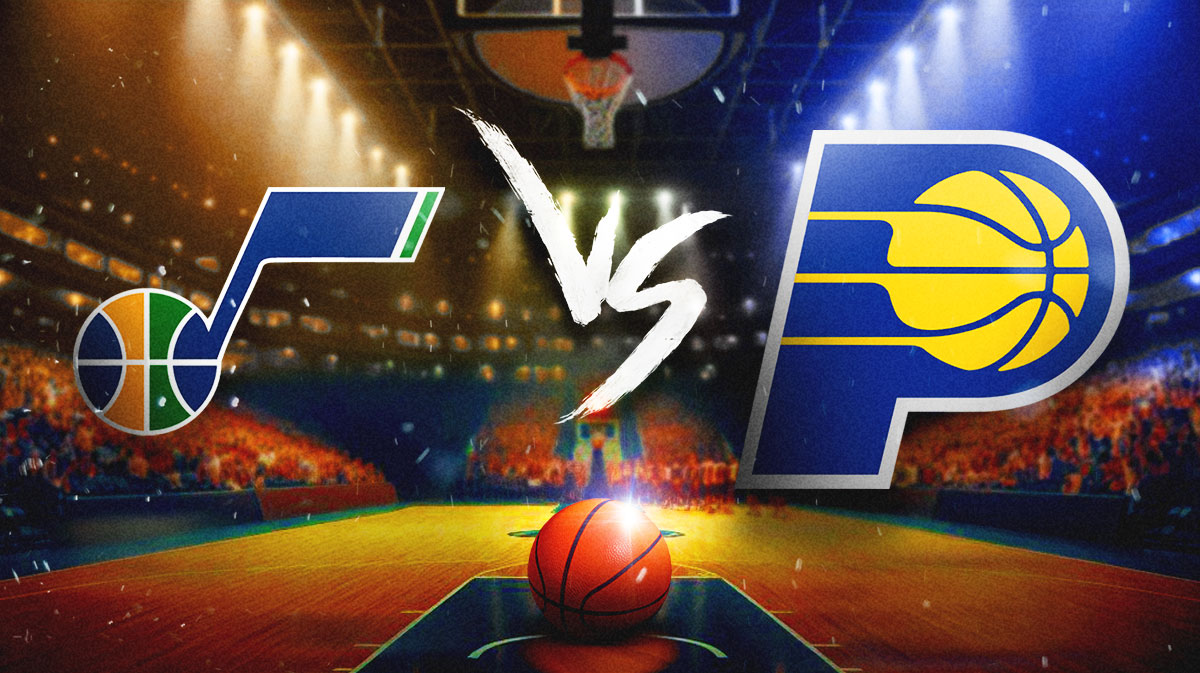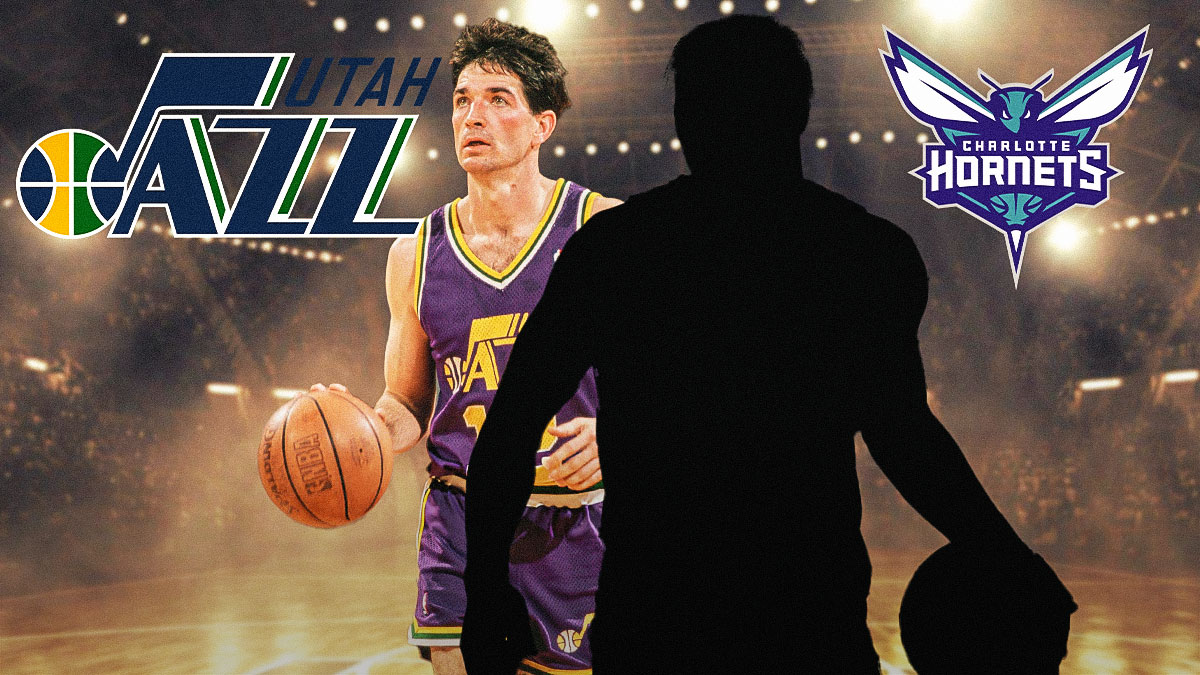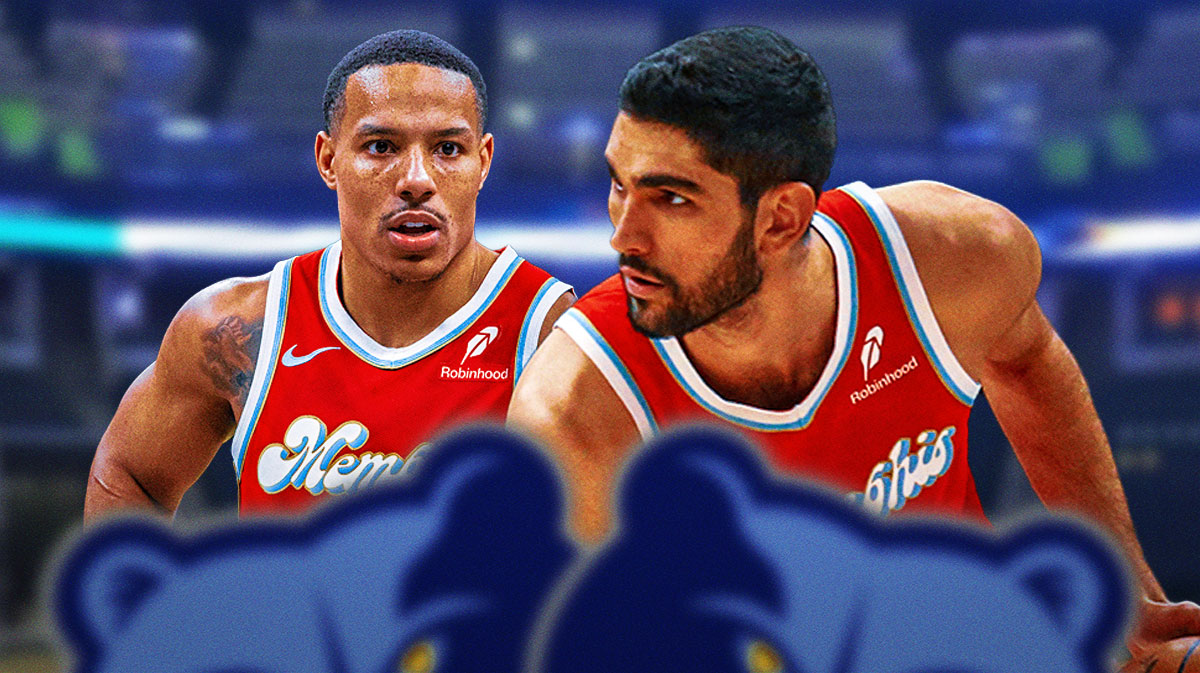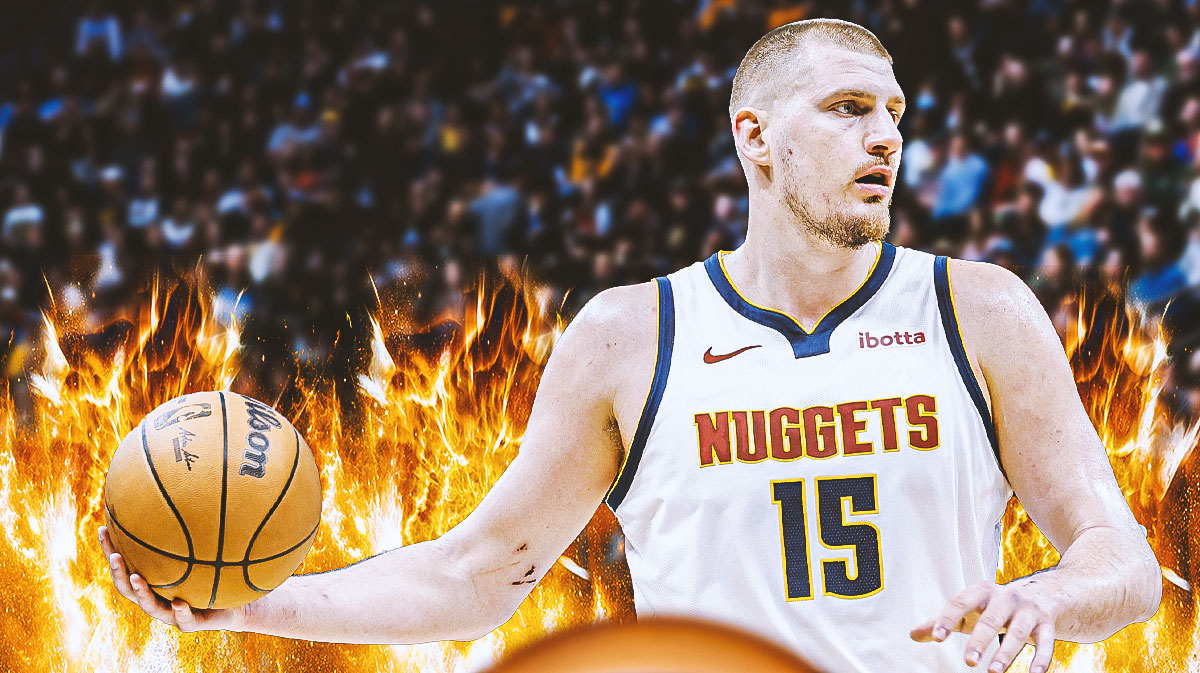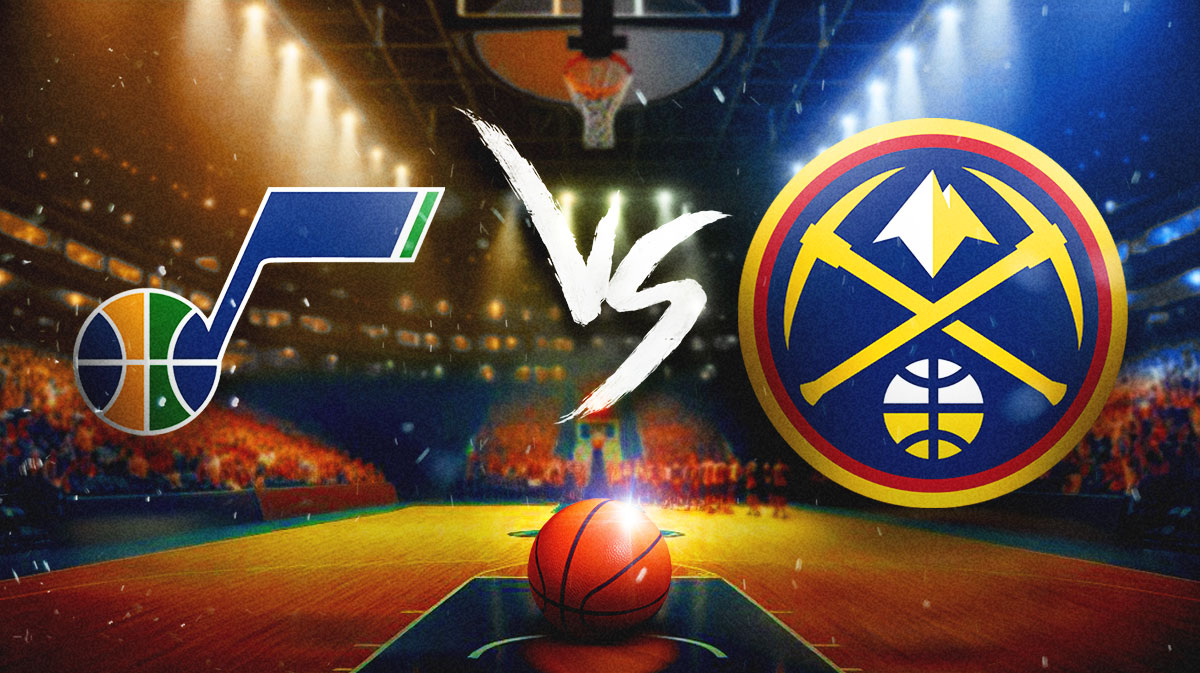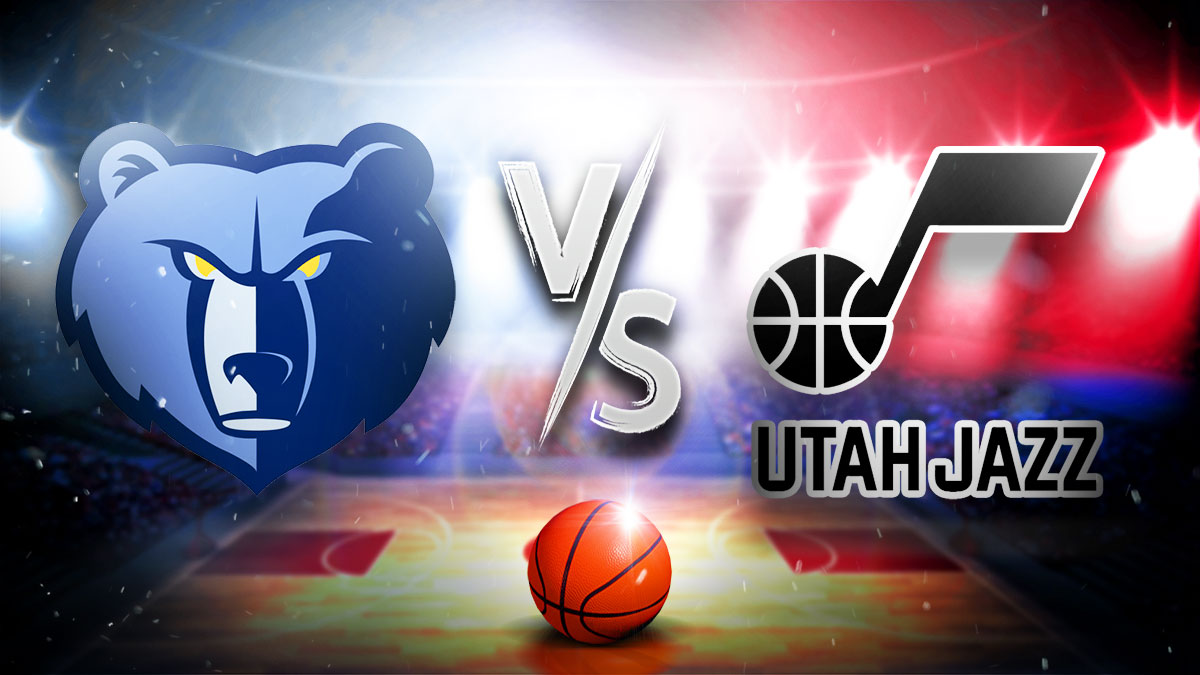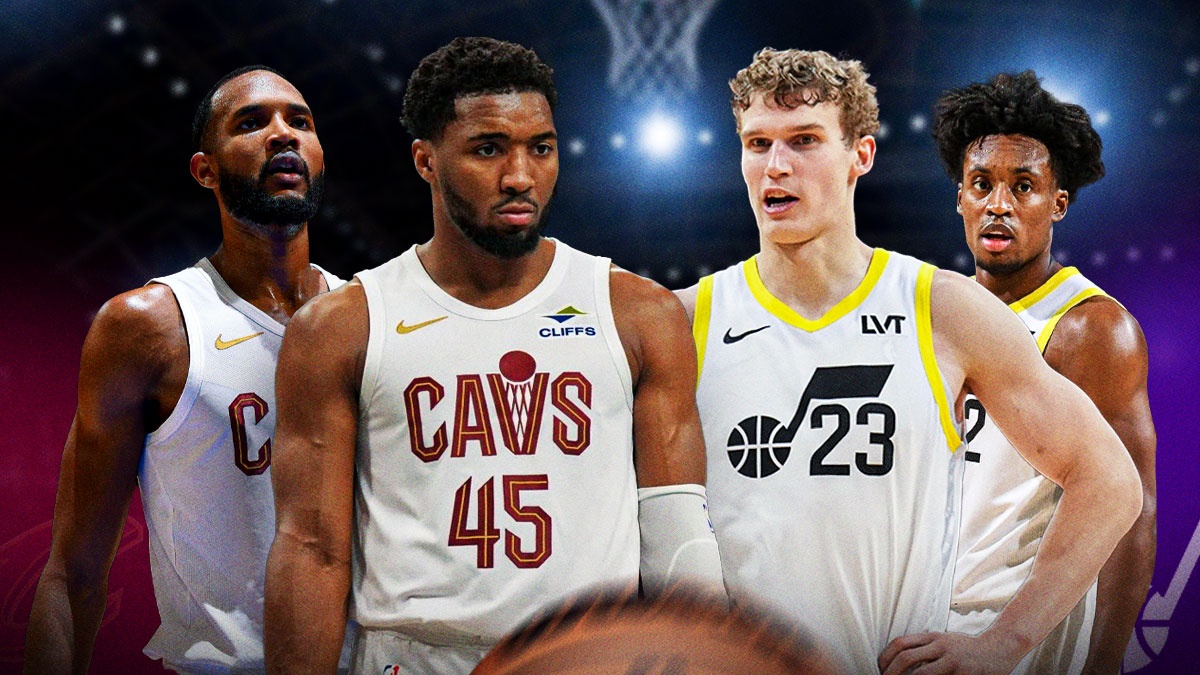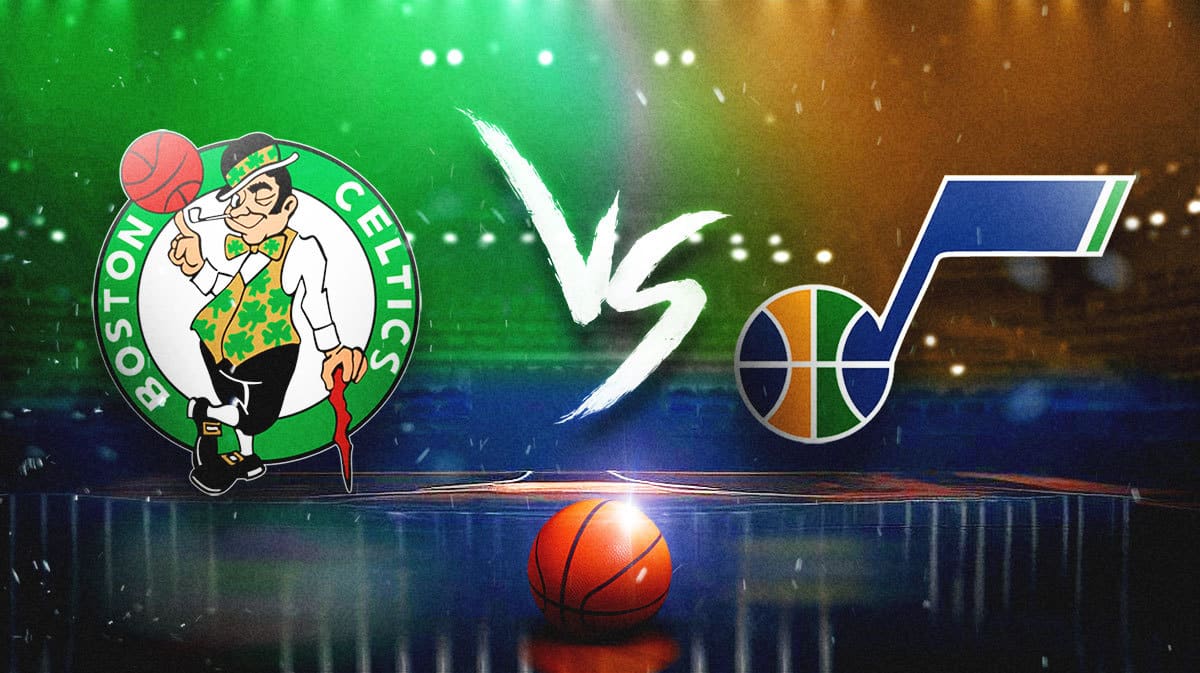The Utah Jazz had one of the stronger drafts among any NBA team this year, using its three first round picks to take young, athletic scorers who all offer great length.
With the ninth overall pick, Utah selected University of Central Florida forward Taylor Hendricks. At pick number 16 Utah took Baylor guard Keyonte George, and the franchise's third and final draft pick was Ohio State wing Brice Sensabaugh at 29th overall.
Even with all of this upside, the Jazz went scoring-heavy in this draft while ignoring some weaknesses in the team. Here's the one big mistake the Utah Jazz made with their draft selections.
Jazz: 1 big mistake in 2023 NBA Draft
Prioritizing scoring over ball-handling and defense
The Jazz swung for the fences with their 2023 NBA Draft selections, choosing a trio of young, athletic, wing scorers with their three first-round picks.
Selecting Taylor Hendricks ninth overall was an easy choice. The 6-9 forward out of Central Florida was easily one of the most consistent freshmen in college basketball this year, averaging 15.1 points per game while hitting almost 40% of his threes and offering lockdown defense. With his three-and-D skills, elite athleticism, and above-average scoring ability, the 19-year-old fits in perfectly with the scoring Lauri Markkanen and defense of Walker Kessler in the Jazz frontcourt.
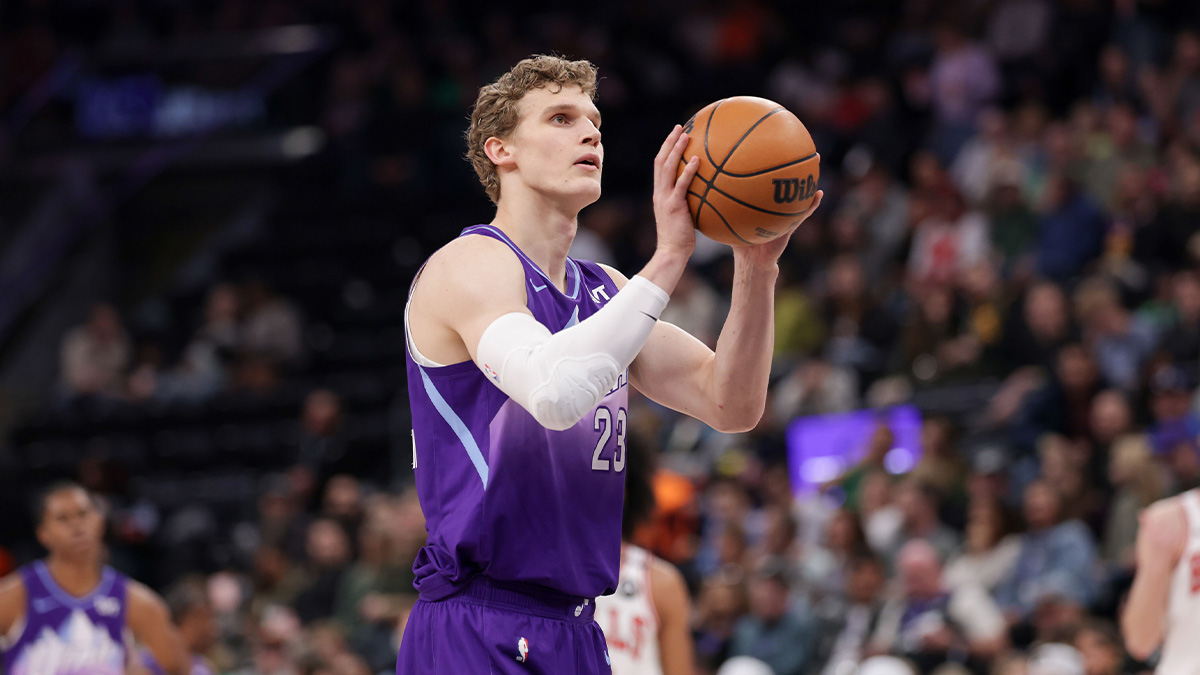
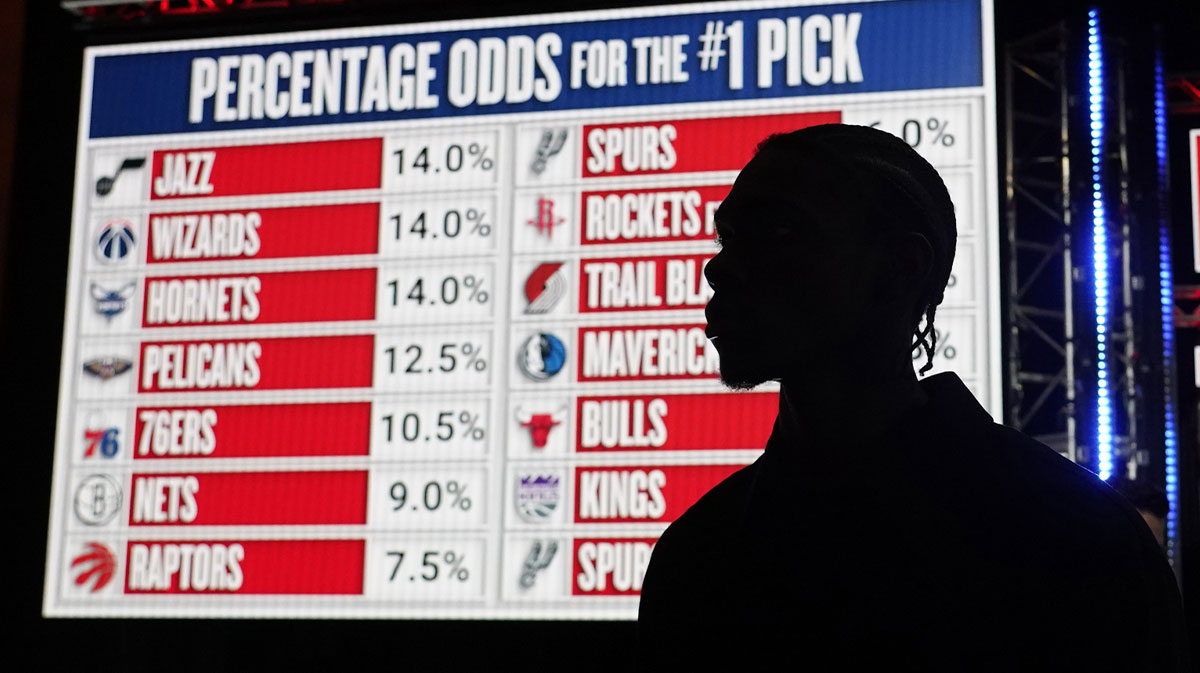
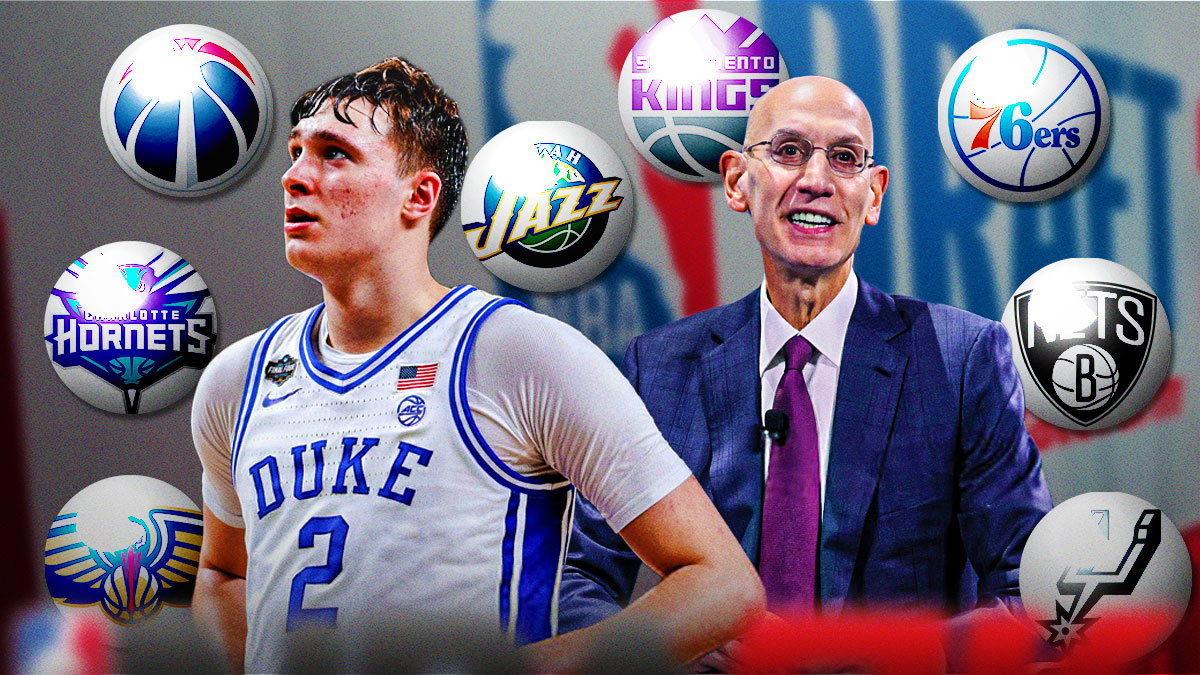
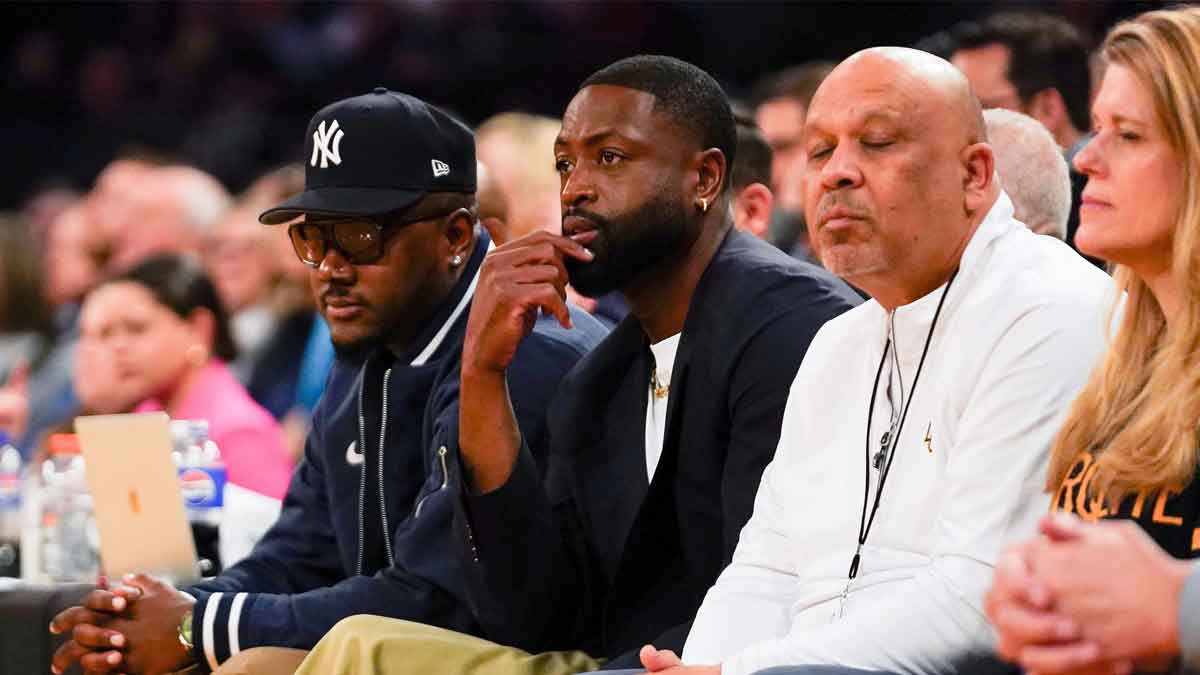
The fits of Keyonte George and Brice Sensabaugh are more tenuous. Both players were high-usage scorers in college who struggled with efficiency and consistency. The Jazz already have a pair of 20 PPG scorers in Markkanen and Jordan Clarkson, plus another high-usage player in Colin Sexton. One scorer off the bench would be useful, but it is difficult to see space for two more scorers on this team.
George and Sensabaugh also averaged more turnovers than assists during their lone college seasons. Sexton and Clarkson already had weak assist-to-turnover ratios, and both function as scorers first rather than passers.
Anthony Black and Cason Wallace were the top two point guards in the draft, with both offering play-making abilities that fit in the Jazz offense. After this duo, the drop-off at the position was significant. Black went sixth overall to the Orlando Magic and Wallace was still on the board when Utah was on the clock with the ninth overall pick. The Jazz took Hendricks, and the Dallas Mavericks traded up to take Wallace with the very next pick.
From there, the plan should have been to strengthen defensively — specifically in the backcourt. The Jazz ranked 23rd out of 30 NBA teams in 2022-23 in defensive rating. Clarkson and Sexton were both liabilities on that end of the court, and neither George nor Sensabaugh offer an upgrade defensively.
Capable defensive wings/guards like Houston's Marcus Sasser and UConn's Andre Jackson Jr. were still available at this stage. While Sasser was a bit of a reach at the 16th pick, he was gone by pick 29. The Houston guard offered similar scoring ability to George and Sensabaugh but with much better defense. As for Jackson, he is far less of an offensive threat, yet has a unique skill set that includes elite defense and play-making ability as a passer. Jackson was still on the board at the end of the first round and offers the size-athleticism combo the Jazz were targeting.
The Utah Jazz had a strong draft overall in terms of talent and potential, but it is difficult to see how these pieces fit together given the current makeup of the Jazz roster.

